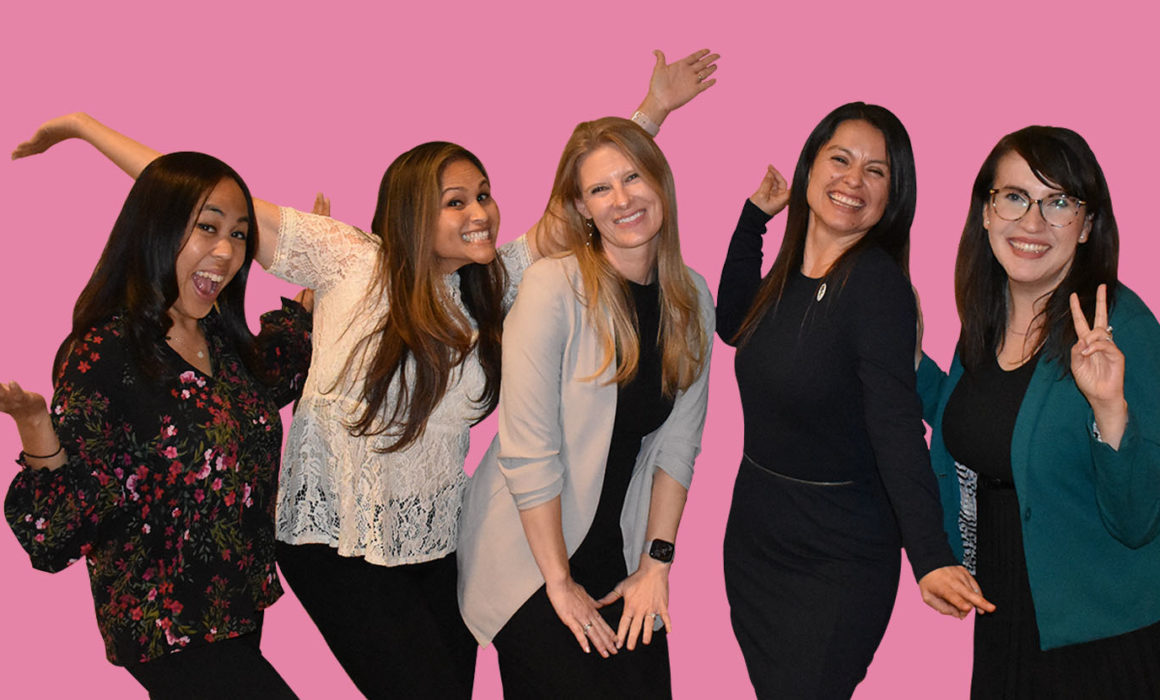
British educator Scott Hayden said “teachers have three loves: love of learning, love of learners, and the love of bringing the first two loves together.” The five fantastic educators honored as the 2022 California Teachers of the Year are shining examples of this and unconditional love for the transformative power of education. We asked them to share their thoughts on celebrating and supporting students. From validating students’ languages and caring for their trauma to leading with love to connect with students and help them believe in themselves, the following include helpful tips to center learners and be the educators they need.
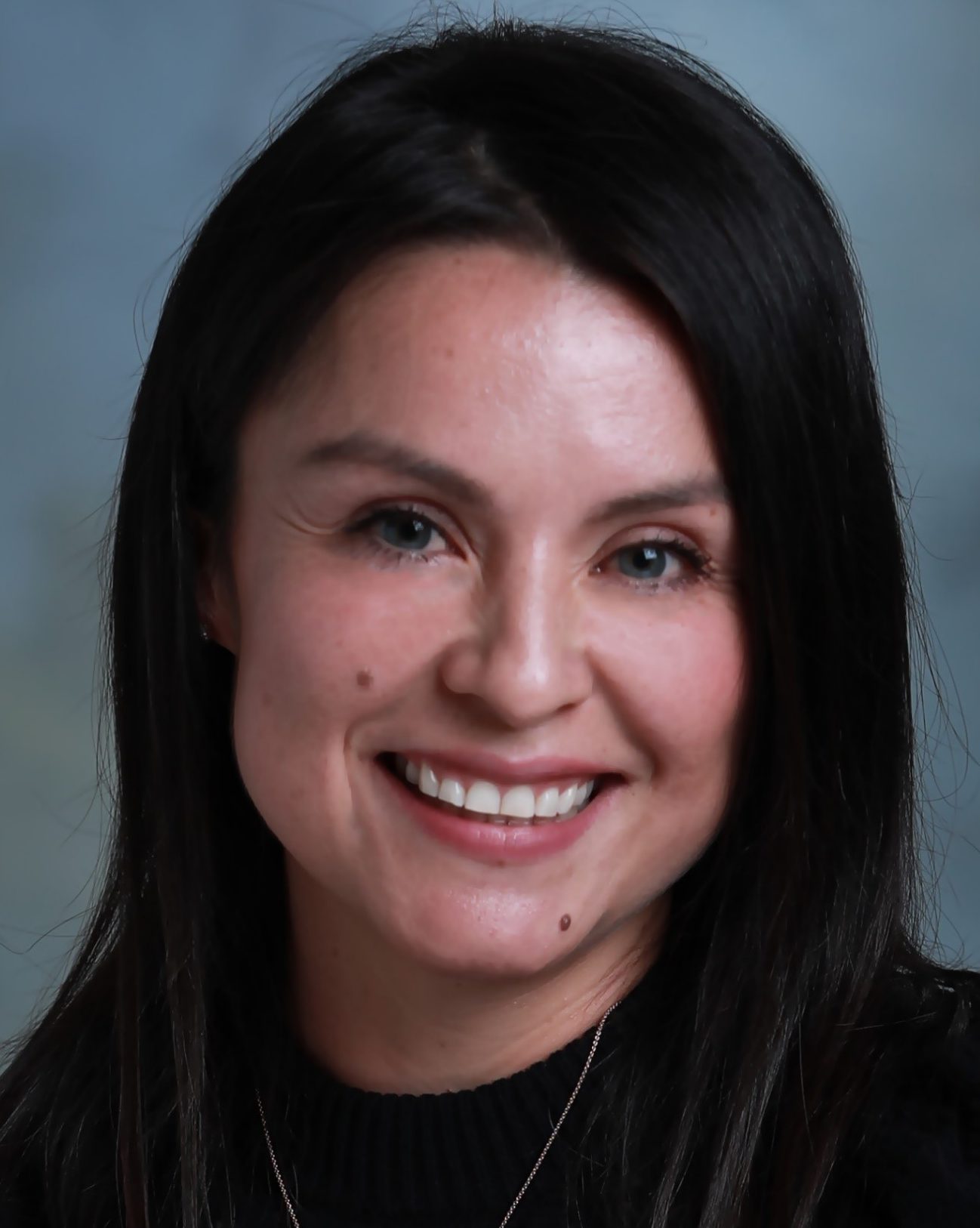 The Power of Believing
The Power of Believing
Connect with students to build their self-confidence
By Alondra Diaz
Living through traumatic experiences as a child, I struggled in school. These struggles led to a lack of confidence in my potential as a student. Luckily, I had a fantastic teacher who believed in me and helped me believe in myself. The power of believing in students can be profound and life changing. We can’t believe in our students if we don’t connect with them. Believing in kids is not just about saying inspirational phrases or offering encouraging words. Students need to feel that we truly mean what we say. Kids know when adults care — because there is a connection. The start of a new school year is the perfect time to establish routines and practices that help us connect with students. These connections help build positive relationships that can foster the power of believing.
- Start the day with an intentional interaction. The beginning of class can be hectic. Slow down. Greet students by name and make eye contact. Smile. Something as simple as a genuine smile can go along way! You can also thank them for being there or for simply being themselves. This helps students feel welcomed.
- Get to know your students. Ask about their family, interests and friends. Include this information in future lessons to engage them. Find shared interests between students to make peer-to-peer connections. This helps students feel seen and heard.
Praise effort and perseverance. Students can be very hard on themselves when they can’t achieve something yet. Help students see their effort and show that they can continually improve. When students keep going and do not give up, praise them for their continued commitment to learning. Students should focus on progress, not perfection. This will help them gain confidence. Being intentional, knowing our students, and praising their qualities can help us connect with them. These connections are critical in igniting the power of believing. When we believe in our students, they are more likely to believe in themselves.
California Teacher of the Year Alondra Diaz is a fifth grade teacher and member of Tustin Education Association She is also the California nominee for National Teacher of the Year.
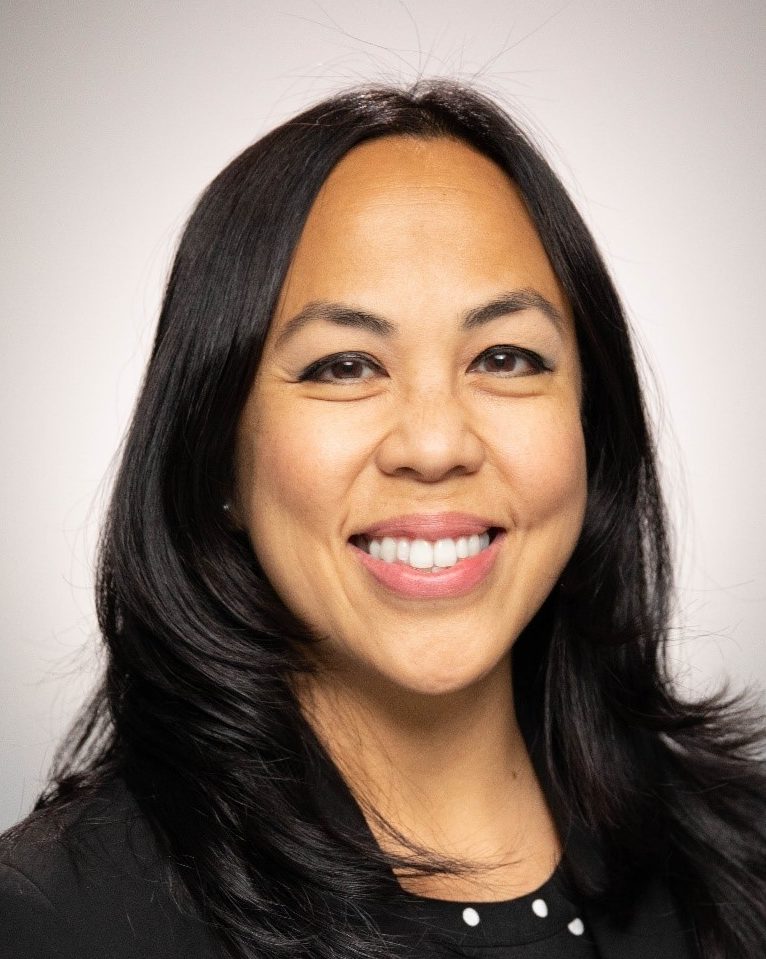 Trauma-informed Care for Students and Ourselves
Trauma-informed Care for Students and Ourselves
Learning self-regulation and resilience key to mental health
By Nichi Avina
As an immigrant child living in an impoverished neighborhood, my hardworking parents did not have the luxury of affording the best mental health resources. Public school was the safest place for my three brothers and me. Education was our way out of poverty, but not all of us made it. My eldest brother Nico succumbed to the lure of the streets and eventually committed suicide in his 20s.
When I became a teacher 17 years ago, I set out to change the way institutions dealt with troubled students like my brother. Often, it is the teacher who stands between the student and the cruel discrimination of society. In these moments, educators can stand for their students to close the achievement gap, especially for minority and disadvantaged students.
Due to my fascination in trauma healing stemming from my brother’s death and my desire to turn this poison into medicine, I dug into the latest research in neuroscience, psychology and educational theory and found this jewel: Paying attention to our sensations and teaching ourselves and our students how to pay attention to theirs can save a whole generation from the lethal effects of trauma. Trauma therapists call this sensation awareness or interoception. The latest studies have shown that developing sensation awareness is key to regulating our nervous system [and emotions], and teachers who learn this skill and teach it to their students will save lives.
The American Academy of Pediatrics recently declared child and adolescent mental health a national emergency. Teachers are also facing a level of fatigue that is causing a record number of educators to reevaluate and even leave the teaching profession.
The pandemic revealed the need to not just close the achievement gap but also the developmental and neurophysiological gaps. These gaps are inextricably linked: How can one learn their letters and numbers, and higher order thinking skills, when their nervous system is trapped in survival mode? There has never been a more critical time for educators to attend to their own social-emotional health and help their students do the same.
Schools that are trauma-sensitive and incorporate systemic wellness programs are showing successful outcomes in both social- emotional and academic growth. Through easy lessons that help discharge stored trauma from the body and educating staff on how to do relational repair through healthy attachments, our schools can become places of healing.
As educational superheroes, we have a duty to give all children equal opportunity to succeed while also reclaiming our own right to wellness. We have the knowledge and the tools. We must teach our students self-regulation, resilience, agency and the means to define their own destinies.
I recommend these resources to learn how to regulate your nervous system: Brain-Changing Strategies to Trauma-Proof Our Schools, by Maggie Kline; Trauma-Proofing Your Kids, by Dr. Peter Levine; Trauma Resource Institute; and Momentous Institute.
California Teacher of the Year Nichi Avina is a middle school science educator and member of Palm Springs Teachers Association.
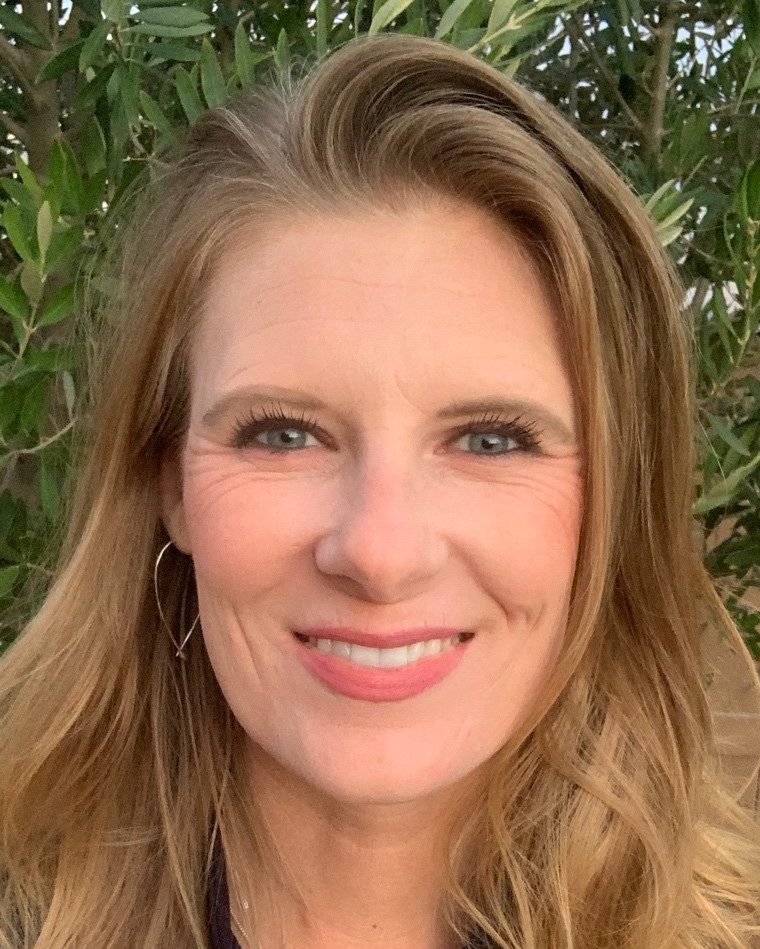 Help Students Form Positive Math Identities
Help Students Form Positive Math Identities
STEAM develops skills for students to be innovators
By Tiffany Jokerst
“I am not good at math.” “No one in my family is good at math, math just isn’t in my blood.” These are common phrases that students say when walking into my classroom the first week of school.
Math is a subject that students often feel they are either capable of excelling in, or not. Some feel that math is an inherited trait passed from generation to generation, much like hair or eye color. I became a math teacher to change this narrative and help students form positive math identities.
When students walk into my class they are greeted with the latest data and graphic on the cost of owning an electric versus a gas-powered car over time. Students begin their group conversations before the bell rings as they share their observations. The conversations are rich, and students are excited to share their creative approaches in making sense of the math presented to them.
Students begin to build confidence when they find that their contributions to mathematical conversation are valued. Every student voice is not only valued, but essential to the class discussion. In adopting this method of teaching, I have watched apprehensive math students who have built negative math identities bloom into optimistic learners who feel confident in their math skills.
Science, Technology, Engineering, Arts, and Math (STEAM) education is a project-based method of teaching that aims to incite a life-long love of sciences and arts. In a STEAM education approach, students become innovators in the classroom and work as a community to tackle real-world issues and showcase their creative solutions to their peers through collaboration and communication. In recognizing the need for a more diverse pool of future workers entering STEAM fields, this new approach to teaching centers on creating a rich educational experience for all students.
In the ever-changing, complex world that we live in, it is increasingly important to equip students with the skills needed to be innovators. To achieve this, teachers must be innovators as well. Methods of direct instruction and completing problems from a textbook need to be replaced with lessons that promote inquiry and investigation.
As I begin this new year in teaching, I intend to continue to be innovative in my approach to teaching and provide more opportunities for my students to feel successful in math.
California Teacher of the Year Tiffany Jokerst is a high school math and engineering educator and member of Grossmont Education Association.
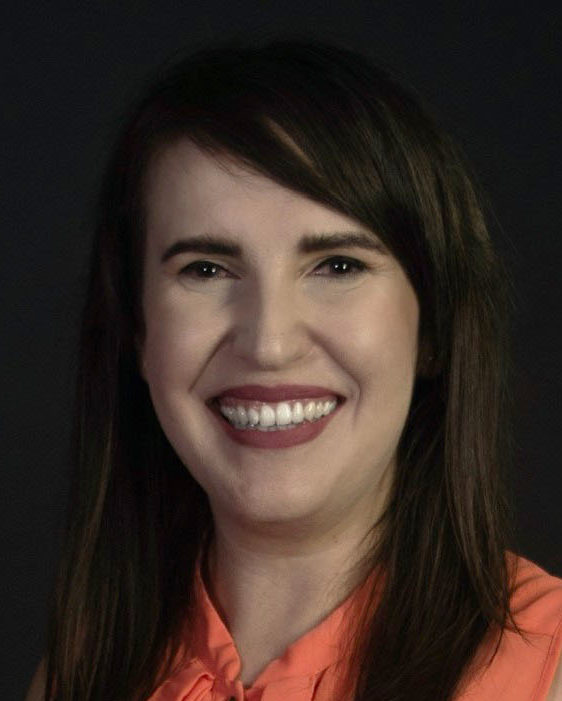 Show Students All Language is Beautiful
Show Students All Language is Beautiful
Celebrate community and culture while teaching English
By Virginia Vasquez
I recently reconnected with a former student working on her Ph.D. in linguistics and when we started talking about language, she said something so powerful — something I wish I had been told at an early age: “All language is beautiful.”
It took me most of my adult life to accept my linguistic identities. Born in Mexico but raised in the United States, I learned Spanish at home and English at school. Yet, for much of my educational journey, I was made to feel like I didn’t belong. My Spanglish was good enough for communicating with my parents and grandmother, but not good enough for my family back in Mexico. My English was good enough for translating for my family, but not good enough in the academic setting.
Despite the difficulty I faced learning both languages, I had three English teachers, Ms. Chin, Ms. Cowley and Ms. Carter, who helped me see the power in my voice. They provided books, encouraged conversations and offered feedback. They didn’t point out the shortcomings in my lan-guage. Instead, they highlighted my strengths and talked me through their suggestions.
Because of the advocates in my life, I slowly moved away from seeing myself as a language imposter. I am a language champion and language broker and will forever be a language learner.
I want to give my students experiences with language acceptance that I wish I had growing up. I want them to feel safe exploring their linguistic identities in my classroom. I want them to know that all language is beautiful.
As we head back to school, here are some suggestions:
- See your students beyond the label placed on them by the educational system. Build community, and learn who they are and how their cultural backgrounds enrich our classroom.
- Diversify your literature: Include authors that look and sound like your students. Language representation matters.
- Change your feedback language: Identify areas of strength and growth instead of strengths and weaknesses in student work. Language is powerful, but it can also be harmful if all you receive is a list of “weaknesses.” Reframing our language helps communicate that we are working together to grow.
- Set individualized and realistic goals: Learning a language is a complex and, at times, overwhelming process. Setting small, realistic goals can help students feel more successful.
California Teacher of the Year Virginia Vasquez is a high school AP language and composition teacher and member of Alhambra Teachers Association
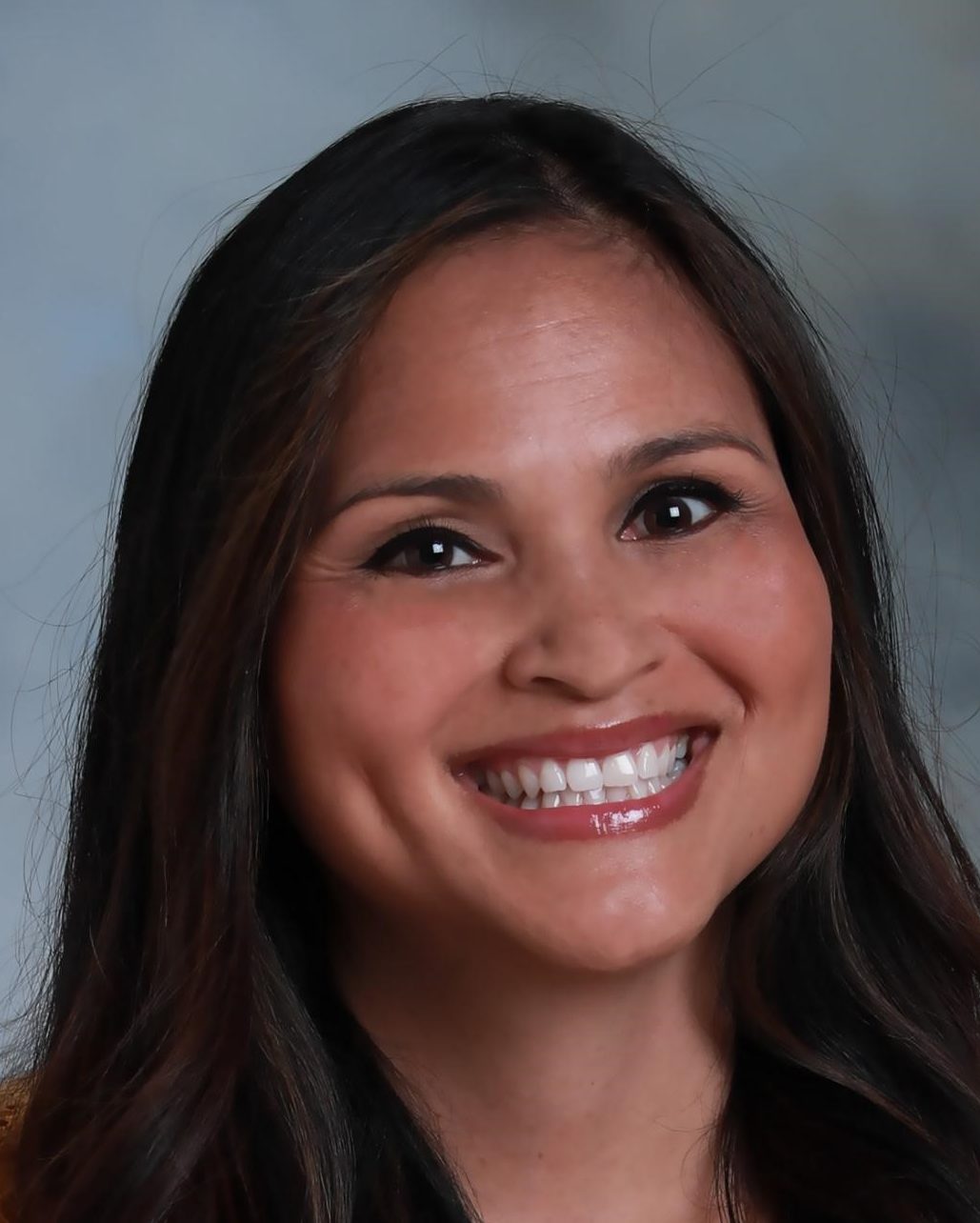 Communicating Without Words
Communicating Without Words
Leading with love to build connections with students with disabilities
By Sovantevy “Sovey” Long-Latteri
Communication is innate and gives us the power to connect with others, verbally and nonverbally. Without the ability to make basic connections with others, students may become frustrated and act out with resentment. As a teacher of students with severe disabilities, I witness this daily. Here are some strategies I’ve found to be worthwhile and effective in working with students who are mostly nonverbal:
Offer a language-rich environment. Use words to describe your actions and identify items by their correct name. Model communication by demonstrating purposeful and meaningful inter-actions with your peers— students are always watching, listening and gleaning. Offer opportunities for students to make choices to help them make their preferences known. Give students time to communicate in their preferred modality before offering suggestions. Offer words of encouragement and say things like “take your time, what you have to share is important to me.” These simple words and kind gestures show respect and validate efforts.
Create memories. With permission, take pictures of students engaging in various activities. Discuss images with each student to genuinely and authentically connect and reconnect with students. You can also use these visuals to represent options for students so they may communicate their choices in an authentic manner. Consider sending photos to parents — it opens a whole world of insight for caregivers.
I’ve spoken with colleagues who confess they avoid interacting with students with disabilities for fear of saying or doing the wrong thing. I recommend greeting students with a smile, extending a simple “hello” or even making small talk with special education staff working with students — this shows you are connected to people in their world. Don’t be discouraged if a student is having a difficult time or reacts with uncertainty. Simply offer grace, for example “I’ll give you space” or “I see you don’t want to talk right now I’ll catch you next time.” I’ve also found these strategies work with typically developing students and colleagues. We all deserve grace!
One of the most important things I’ve learned in my 14 years in the classroom is that communication looks different for everyone. But I’ve found somethings to be constant:
Actions are your language, mood is your dialect and intentions are in your expression. Your vibe and the way you carry yourself are not lost on students. Be mindful of this because you set the tone for the spaces you are in. Smiles are contagious — be infectious. Make eye contact and reciprocate your student’s eye level: they’re on the floor, get on the floor. If a student is in a wheelchair, sit down. Close the gap — get close and let students know you are interested and that they have your full attention. And finally, lead with love and good intention —both verbally and nonverbally.
California Teacher of the Year Sovey Long-Latteri is a high school special education teacher and member of Fullerton Secondary Teachers Organization. A video profile of her is at cta.org/special-education-resources.
The Discussion 0 comments Post a Comment